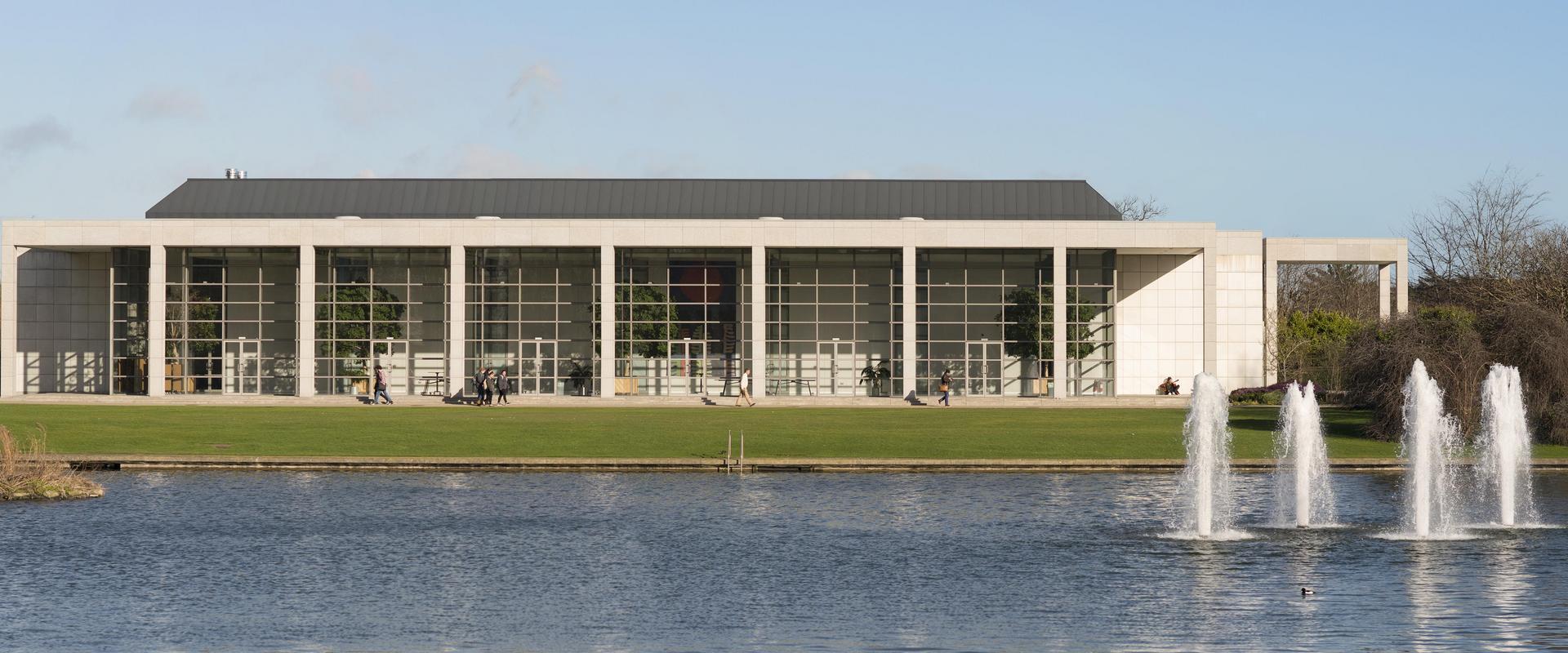Personal Emergency Egress Plans (PEEP's) are ‘personal’ plans and are tailored to an individual’s needs and help address the challenges that an individual staff member may have to face in evacuating a university building in an emergency.
PEEP's are advisable for staff who suffer from a sensory, physical or medical impairment that may make evacuation of a building in an emergency more challenging.
People have disabilities of various types and of varying levels of severity. These disabilities can take the form of:
- mobility impairment, where the range or speed of movement is affected to varying degrees;
- sensory impairment, where the ability to gather information through the senses such as sight or hearing is affected;
- cognitive or mental health impairment, where the capacity to process information and react appropriately is affected; and
- hidden disabilities, where the disability is not physically apparent, but the stress of an emergency situation may trigger the condition. Hidden disabilities could include such conditions as asthma or heart problems.
The presence of a disability can have a very significant impact on the time it takes for someone to escape in an emergency. Developing a PEEP that is tailored to an individual’s needs will help to address the challenges that an individual may have to face in evacuating a university building in an emergency.
The requirement for a PEEP may be temporary or long term.

